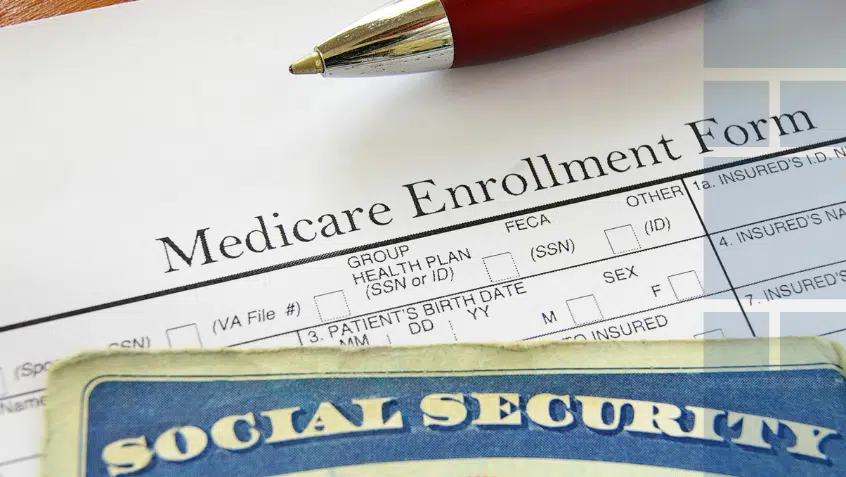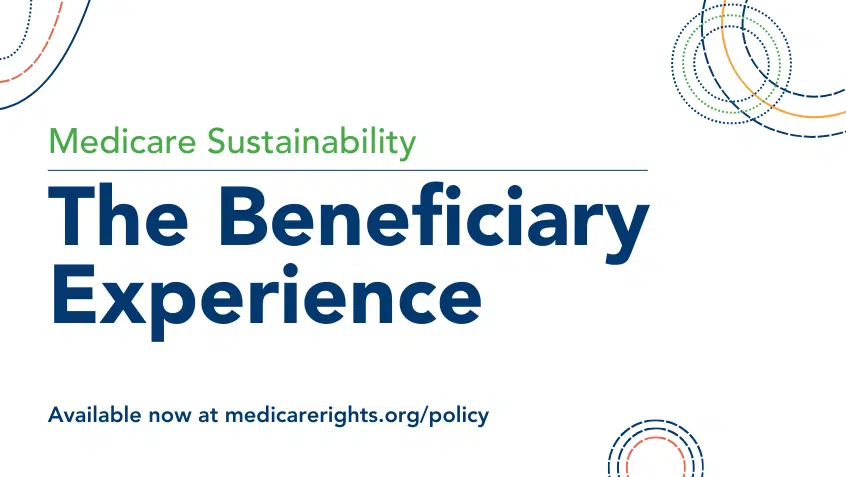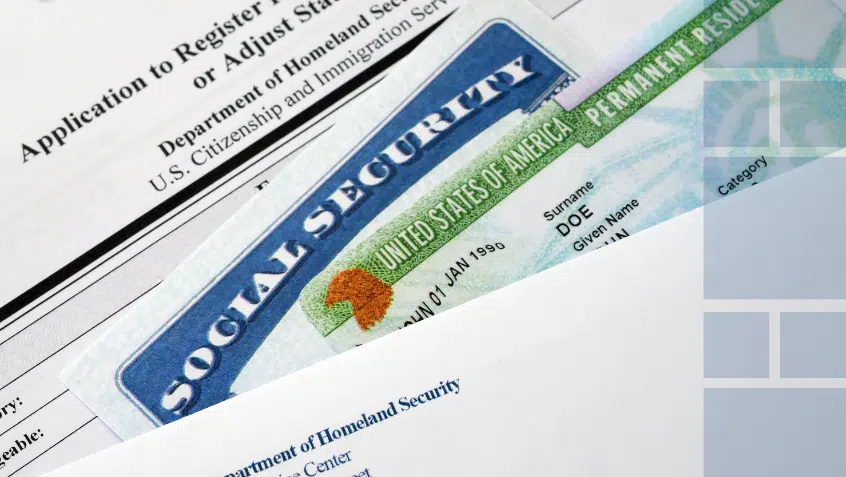Join Us Live for a Discussion on Medicare, Democracy, and the Future of Health Care
New Drug Pricing Plan Unveiled in the House

Last week, U.S. House of Representatives Speaker Nancy Pelosi (D-CA) released her much-anticipated drug pricing plan, the Lower Drug Costs Now Act of 2019 (H.R. 3). Top Democrats on the three committees of jurisdiction introduced the legislation—Chairman Frank Pallone (D-NJ), Energy & Commerce; Chairman Richard Neal (D-MA), Ways & Means; and Chairman Bobby Scott (D-VA), Education & Labor.
H.R. 3 includes a number of significant policies that would improve prescription drug access and affordability for people with Medicare. Many of these provisions overlap with elements of the Senate Finance Committee’s bipartisan drug pricing bill, the Prescription Drug Pricing Reduction Act (PDPRA) of 2019.
In particular, both bills outline similar, though not identical, approaches to restructuring Part D—shifting liabilities away from beneficiaries and the federal government, eliminating the coverage gap, and capping beneficiary out-of-pocket (OOP) drug costs:
- Catastrophic Phase – Under the PDPRA, plans and drug manufacturers would be responsible for 60% and 20% of costs in the catastrophic phase, respectively. H.R. 3 would instead assign 50% liability to plans and 30% to manufacturers. Both bills would set Medicare’s share at 20% and eliminate beneficiary spending in the catastrophic phase.
- Cap on Beneficiary OOP Costs – R. 3 would set the cap at $2,000 a year, lower than the PDPRA’s $3,100 annual limit.
- Benefit-wide Liability – In addition, H.R. 3 would create benefit-wide liability for drug companies. Manufacturers would be required to pay 10% of the cost of drugs in the initial coverage phase. The PDPRA contains no such provision.
- Savings Reinvestment – In a placeholder for legislative language that is still being developed, a summary for H.R. 3 notes that savings that may result from the Part D changes could be reinvested into the Medicare program to improve and strengthen it. And that “If the savings are great enough, these improvements could include Medicare coverage for vision, hearing, and dental and improvements to benefits for low-income Medicare beneficiaries.” The PDPRA contains no such provision.
Other similarities include the imposition of inflation-based rebates. Both bills would require drug manufacturers that have raised their prices above the rate of inflation to either lower their prices or pay this portion back to the U.S. Treasury. H.R. 3 would make the inflation cap retroactive to 2016, while the PDPRA’s cap would start in 2022.
While some of these commonalities could serve as a starting point for future negotiations, there are also major differences between the two approaches. Perhaps most notably, H.R. 3 would allow the federal government to negotiate the prices of up to 250 brand-name drugs in Medicare that do not have competitors. Drug manufacturers would face stiff financial penalties for non-compliance, and the negotiated prices would be available to payers beyond Medicare.
In a nod to a Trump administration proposal that would link drug prices in this country with those abroad, the maximum negotiated price would be based on an average of the prices paid by several other countries, all of which directly negotiate with manufacturers.
Looking ahead, lawmakers are expected to continue to hold hearings on and make changes to their bills, with the goal of a final package coming together later this year or early next year. While the prospects for these efforts are unclear, Medicare Rights will continue to work with policymakers and stakeholders to ensure that any final legislation is best positioned to meaningfully address the problem of high and rising drug prices within the Medicare program.
This includes advocating for the inclusion of the Streamlining Part D Appeals Process Act (S. 1861/H.R. 3924) in any such package. This bipartisan, bicameral bill would allow a refusal at the pharmacy counter to function as the plan’s initial coverage determination—making the current system less burdensome for all involved. We urge lawmakers to make this change without delay, alongside other improvements to beneficiary prescription drug access and affordability.
Read the Senate Finance Committee’s bill, the PDPRA.
For more on why S.1861/H.R 3942 is needed and who it would help, see Medicare Rights’ Case Study.
Show Comments
We welcome thoughtful, respectful discussion on our website. To maintain a safe and constructive environment, comments that include profanity or violent, threatening language will be hidden. We may ban commentors who repeatedly cross these guidelines.
Help Us Protect & Strengthen Medicare.
Donate today and make a lasting impact.
The Latest
Most Read
Add Medicare to Your Inbox
Sign up to receive Medicare news, policy developments, and other useful updates from the Medicare Rights.
View this profile on InstagramMedicare Rights Center (@medicarerights) • Instagram photos and videos









